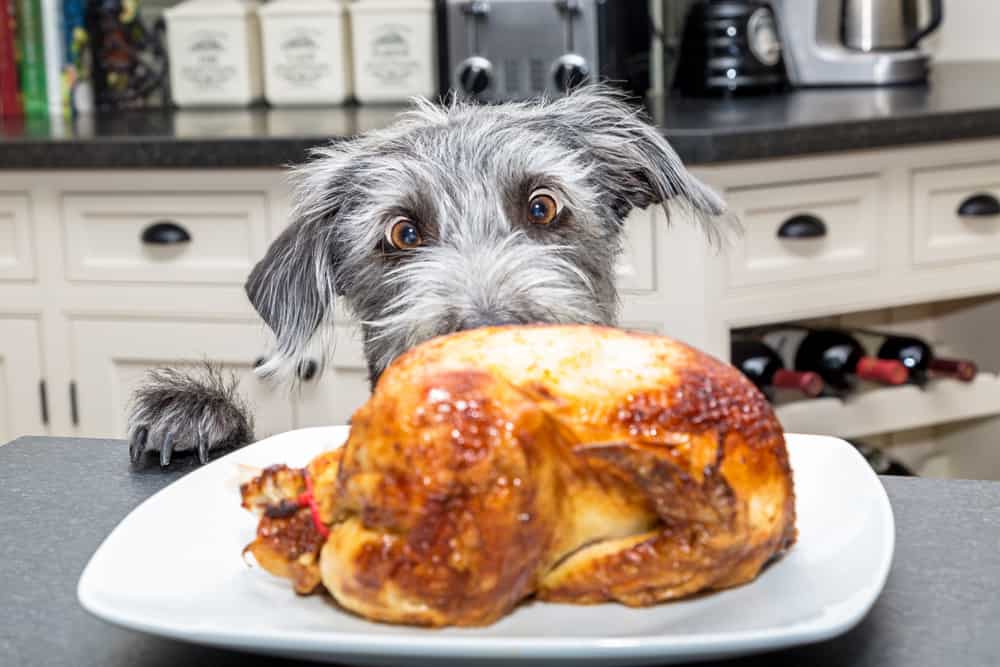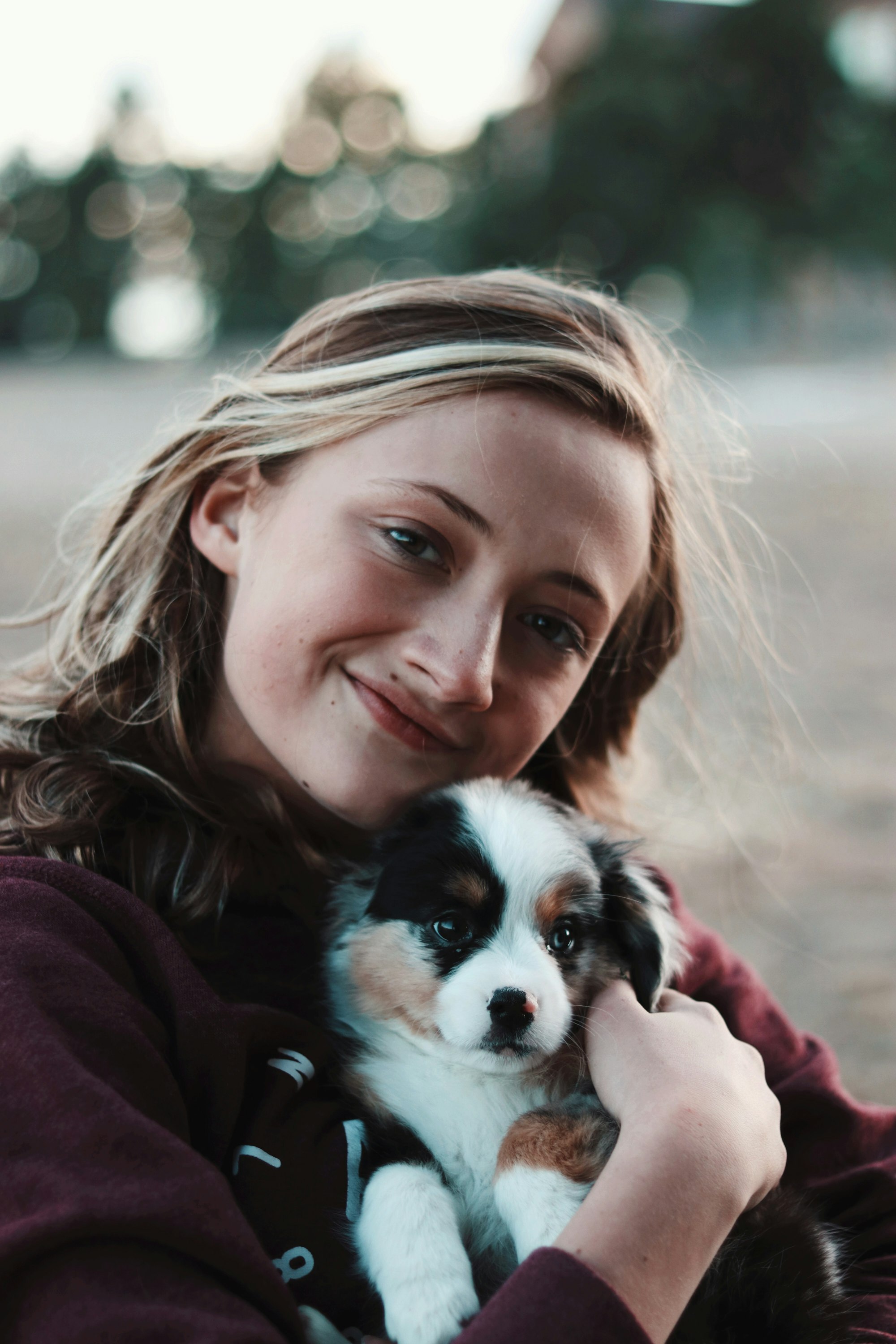Desensitizing your dog to Personal Protective Equipment (PPE) is crucial for their well-being and safety in various situations. PPE refers to the gear worn to protect humans or animals from potential hazards or risks, such as masks, gloves, or helmets. In the case of dogs, PPE can be encountered in veterinary clinics, grooming sessions, or during emergency situations. The process of desensitization involves gradually exposing your dog to PPE in a positive and controlled manner to help them overcome fear or anxiety associated with such equipment. Discover how to desensitize your dog to PPE effectively and ensure their comfort in potentially stressful situations.
Knowing what PPE stands for (Personal Protective Equipment) and understanding its importance for dogs is essential. PPE serves as a protective barrier and minimizes the risk of injury or infection. It is necessary during medical procedures, grooming sessions, and in environments where potential hazards exist.
Desensitizing your dog to PPE is crucial for their calmness and cooperation during veterinary visits and grooming sessions. It reduces fear-related behaviors and enhances their overall well-being. Techniques include gradual introduction, positive associations, starting with less intrusive gear, rewarding good behavior, and addressing challenges like anxiety. These steps create a positive experience for your dog around PPE, ensuring their comfort and safety.
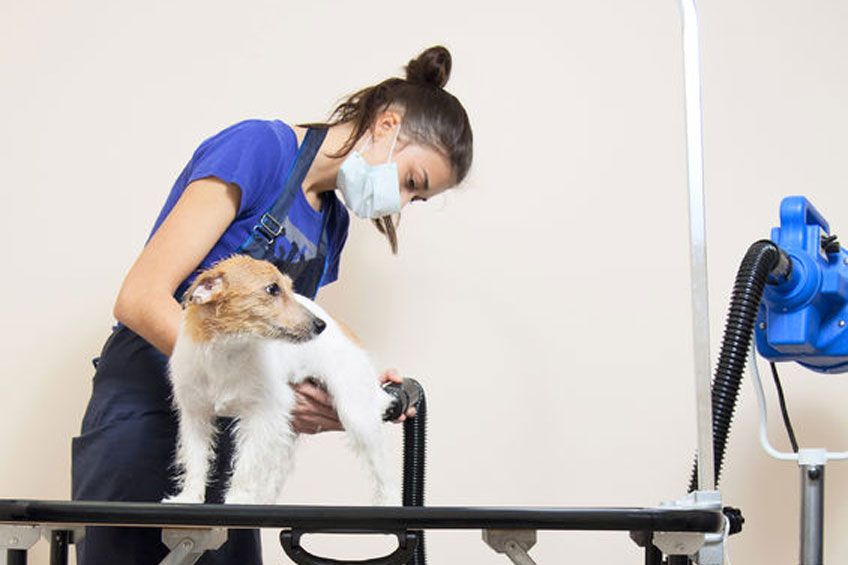
Key takeaways:
- Introduce PPE gradually: Start by familiarizing your dog with PPE items one at a time, allowing them to approach and investigate at their own pace.
- Associate PPE with positive experiences: Utilize treats, praise, and play to create positive associations with PPE, helping your dog view it as a rewarding and non-threatening presence.
- Reward and reinforce positive behaviors: Praise and reward your dog for calm and relaxed behavior when interacting with PPE, gradually increasing the level of exposure and duration.
Understanding the Importance of Desensitizing Your Dog to PPE
- To ensure the comfort and safety of your dog in various situations, it is crucial to understand the importance of desensitizing them to Personal Protective Equipment (PPE).
- Start by gradually introducing your dog to less intimidating PPE items like gloves or masks, rewarding them with treats and praise for exhibiting calm behavior around these items.
- To associate positive experiences with PPE, incorporate playtime or mealtime near these items, creating a pleasant association.
- As your dog becomes more comfortable, gradually increase their exposure to different types of PPE, such as goggles, hats, or full-body suits.
- To generalize their comfort level, practice with your dog in various environments.
Fact: By understanding the importance of desensitizing your dog to PPE, you can contribute to their overall well-being and adaptability in different situations.
What is PPE and Why is it Important?
Personal Protective Equipment (PPE) comprises gear like helmets, gloves, goggles, and masks, worn to safeguard against workplace hazards. It's vital in industries like construction, healthcare, and manufacturing, preventing injuries, illnesses, and fatalities. PPE acts as a barrier, ensuring worker safety by protecting against airborne particles, chemical exposure, and head injuries. It's indispensable in maintaining worker health and safety in high-risk environments.
Fact: According to the Occupational Safety and Health Administration (OSHA), employer-provided PPE should be properly selected, fit, and maintained to ensure its effectiveness.

What Does PPE Stand For?
PPE stands for Personal Protective Equipment. It refers to any protective gear or clothing designed to safeguard individuals from potential hazards or risks. PPE is important for dogs in various situations such as during medical procedures, training exercises, or in hazardous environments. It helps protect dogs from potential injuries, infections, or exposure to harmful substances. Understanding what PPE stands for and its significance is crucial for ensuring the safety and well-being of our furry companions.
Why is PPE Important for Dogs?
Whether during medical procedures or in hazardous environments, PPE helps protect dogs from potential harm. Wearing PPE can prevent injuries, such as bites or scratches, and help prevent the spread of diseases or infections. PPE allows pet owners or veterinarians to handle dogs more safely and effectively. It is crucial to understand the importance of PPE and provide the necessary training to desensitize dogs to the equipment, ensuring their comfort and cooperation during these situations.
Why is it Necessary to Desensitize Your Dog to PPE?
Desensitizing your furry companion to Personal Protective Equipment (PPE) isn't just a whim - it's a necessity. In this section, we'll uncover why it is crucial to familiarize your dog with PPE in order to ensure their safety and well-being. We'll dive into the benefits that come with successfully desensitizing your dog to PPE, revealing how it can prevent stress and anxiety during vet visits, grooming sessions, or any situation where PPE becomes unavoidable. So, let's get to the bottom of this vital training and give your pup the peace of mind they deserve!
Benefits of Desensitizing Your Dog to PPE
Desensitizing your dog to Personal Protective Equipment (PPE) offers several benefits for both you and your furry friend.
- Reduced fear and anxiety: Desensitization helps your dog become more comfortable and less fearful when exposed to PPE, reducing stress during vet visits or grooming sessions.
- Safety and cooperation: By desensitizing your dog to PPE, you ensure their safety and enable necessary procedures, such as wearing a muzzle or a cone, without resistance or aggression.
- Improved training and socialization: Desensitization to PPE enhances your dog's training and socialization by exposing them to various objects and situations, promoting confidence and adaptability.
- Enhanced veterinary care: Dogs desensitized to PPE receive better veterinary care as professionals can examine and treat them more efficiently, leading to more accurate diagnoses and effective treatments.
To successfully desensitize your dog to PPE, follow positive reinforcement techniques, gradually introduce the equipment, and associate it with positive experiences, such as treats or playtime. Remember to consult a professional dog trainer for guidance tailored to your dog's specific needs.
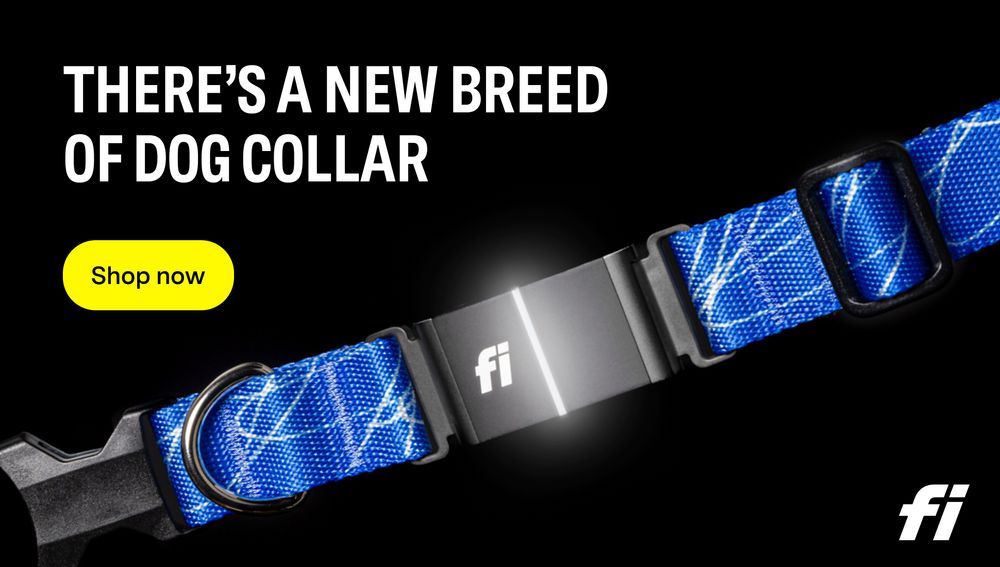
How to Desensitize Your Dog to PPE
Looking to desensitize your furry friend to personal protective equipment (PPE)? We've got you covered! In this section, we'll dive into the nitty-gritty of how to gradually introduce PPE to your dog, making sure to associate it with positive experiences along the way. From starting with the least intrusive PPE to rewarding those tail-wagging moments, we'll guide you through the process of helping your doggo feel comfortable and confident around PPE. So grab your treats and let's get started!
1. Introduce PPE Gradually
- Introducing your dog to personal protective equipment (PPE) gradually is paramount to ensure their comfort and cooperation. Here are the steps to follow:
- Start with basic exposure by placing the PPE near your dog's bed or in their play area.
- Associate positive experiences with the presence of PPE, such as giving treats and praise when they interact with it.
- Begin the process with the least intrusive piece of PPE, like a simple bandana or a lightweight muzzle.
- Continue to reward and reinforce positive behaviors whenever your dog shows no signs of fear or distress around the PPE.
- Gradually increase the exposure time, allowing your dog to become familiar and comfortable with the PPE.
2. Associate PPE with Positive Experiences
When desensitizing your dog to personal protective equipment (PPE), it is crucial to create positive associations with the PPE. Here are some effective strategies:
- Use treats and rewards: Give your dog treats and praise whenever they come into contact with the PPE, reinforcing the positive experience.
- Incorporate playtime and bonding activities while the dog is wearing the PPE, further associating it with positive experiences.
- Start with less intrusive PPE and gradually introduce more challenging items, ensuring your dog feels comfortable throughout the process. This gradual exposure will help create positive associations.
- Be consistent in your training approach and patient with your dog's progress. Consistency and patience are key in associating PPE with positive experiences.
- To make the experience even more positive, consider using a familiar scent or their favorite toy when introducing PPE to your dog.
Remember, by associating PPE with positive experiences, you can help your dog become more comfortable and accepting of wearing the equipment.
3. Start with Least Intrusive PPE
- Start by using the least intrusive PPE, such as a bandana or cap, to desensitize your dog.
- Introduce the PPE gradually, allowing your dog to sniff and investigate it.
- Associate the PPE with positive experiences, like giving treats or praise whenever they approach or interact with it.
- Reward and reinforce positive behaviors to make your dog feel comfortable and confident around the PPE.
- Gradually increase the exposure time, starting with short periods and gradually extending them.
Starting with the least intrusive PPE will help your dog become familiar with wearing protective gear in a gradual and comfortable manner.
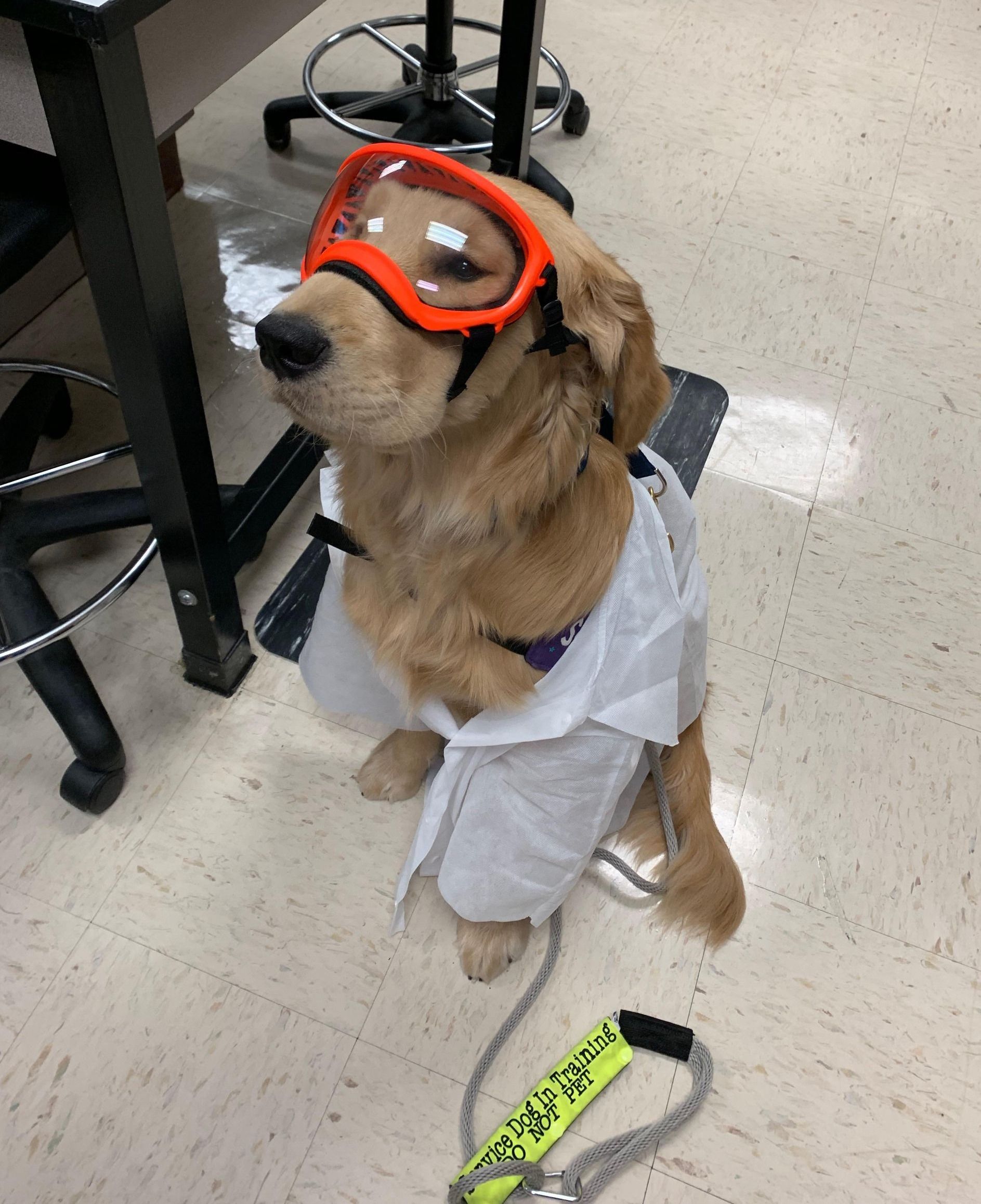
4. Reward and Reinforce Positive Behaviors
- Reward and reinforce positive behaviors: It is crucial to incorporate reward and reinforcement techniques when desensitizing your dog to personal protective equipment (PPE). Reward your dog with treats when they exhibit calm and relaxed behavior around PPE.
- Use treats: Reward your dog with treats when they exhibit calm and relaxed behavior around PPE.
- Verbal praises: Use encouraging words and a happy tone of voice to reinforce positive behaviors.
- Playtime: Incorporate playtime and interactive toys as rewards for your dog during PPE desensitization sessions.
- Clicker training: Utilize clicker training to mark and reward desirable behaviors, associating them with PPE.
- Consistency: Ensure consistency in rewarding positive behaviors each time your dog engages positively with PPE.
By implementing these reward and reinforcement techniques, you can create positive associations and build confidence in your dog when it comes to PPE.
In a true historical incident, Soviet space dogs Belka and Strelka became the first living creatures to orbit the Earth and return safely. Their successful journey in 1960 paved the way for future space missions and contributed to our understanding of the effects of space travel on living organisms. These brave dogs were rewarded and celebrated for their invaluable contributions to space exploration.
5. Gradually Increase Exposure Time
To gradually increase exposure time while desensitizing your dog to PPE, follow these steps:
- Start with short periods of PPE exposure and gradually increase the duration over time.
- Monitor your dog's behavior and comfort level during each exposure.
- Ensure a positive and calm environment while your dog is exposed to PPE.
- Provide treats or rewards during and after each exposure to reinforce positive behavior.
- When your dog shows signs of comfort and relaxation, extend the exposure time a little longer.
Common Challenges and Solutions
Dealing with a fear or anxiety in your dog when it comes to personal protective equipment (PPE)? Or perhaps your furry friend has developed negative associations with PPE? Don't worry! In this section, we will explore common challenges faced by dog owners regarding PPE and provide effective solutions to help desensitize your dog. From understanding fear triggers to addressing negative associations, we've got you covered in "How to Desensitize Your Dog to PPE."
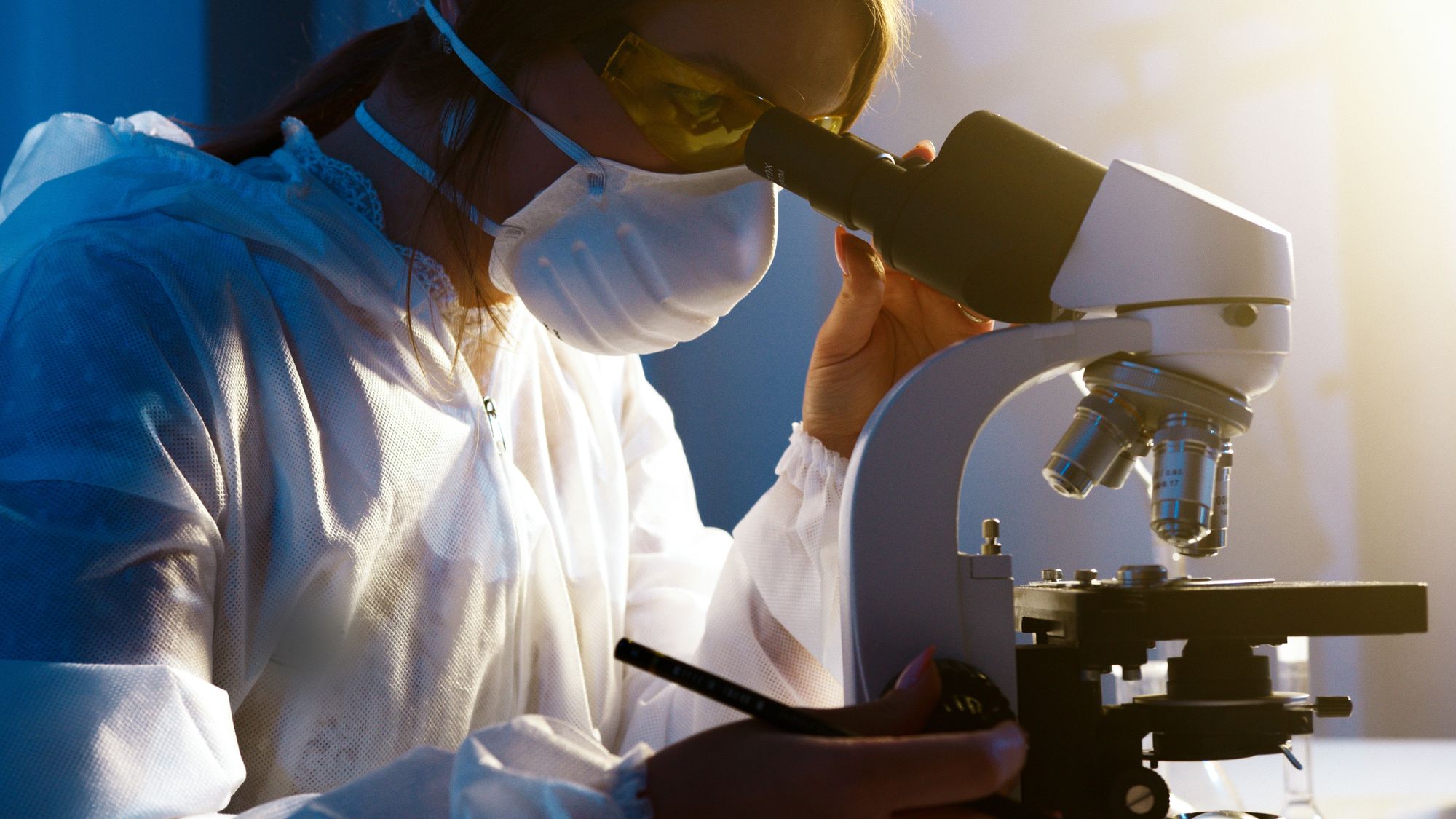
Dealing with Fear or Anxiety
When dealing with fear or anxiety, it is important to address any fear or anxiety your dog may experience when desensitizing them to personal protective equipment (PPE). Here are some steps to help your dog overcome these emotions:
- Identify triggers: Understand what specific aspects of PPE cause fear or anxiety in your dog.
- Gradual exposure: Start by introducing the least intrusive PPE and gradually increase exposure.
- Positive associations: Associate PPE with positive experiences, such as treats or playtime.
- Reward and reinforce: Praise and reward your dog for calm and confident behavior around PPE.
- Slow progress: Take your time and be patient, gradually increasing exposure time as your dog becomes more comfortable.
By following these steps and providing a supportive environment, you can help your dog overcome their fear or anxiety towards PPE.
Addressing Negative Associations
To desensitize your dog to PPE and address negative associations, start by identifying triggers that cause distress. Gradually introduce the least intrusive PPE item and increase exposure over time. Use positive reinforcement, like treats and praise, to create a positive association. Pair PPE with enjoyable experiences, such as playtime or walks, to make it more positive. Patience and consistency are key to successful desensitization. Provide a calm and supportive environment to help your dog overcome fears or anxieties about PPE.
Tips for Successful Desensitization
Desensitizing your dog to personal protective equipment (PPE) can be a gradual process that requires patience and consistency. Here are some tips for successfully desensitizing your dog to PPE:
- Start with gradual exposure: Introduce your dog to the sight and smell of the PPE at a distance, rewarding calm behavior.
- Positive reinforcement: Use treats and praise to associate PPE with positive experiences, gradually moving closer as your dog becomes more comfortable.
- Gradually increase exposure: Slowly increase the duration and intensity of PPE exposure, always at your dog's pace.
- Make it fun: Incorporate play and interactive games during desensitization sessions to create a positive association with PPE.
- Consistency is key: Regular and consistent training sessions will help your dog become more comfortable with PPE over time.
Sarah's dog, Max, was initially fearful of PPE. Through consistent desensitization training, Max now confidently walks past healthcare workers in full gear, ready to meet any challenge with a wagging tail.
Some Facts About How To Desensitize Your Dog to PPE:
✅ Dogs may have a hard time adjusting to people wearing PPE, as it can be overwhelming and confusing for them. (Source: Paws & Unwind)
✅ Desensitizing your dog to PPE can help them feel more comfortable and relaxed. (Source: Paws & Unwind)
✅ The first step is to leave masks, shields, and gloves out where your dog can see them, and reward them with treats and praise when they look at them. (Source: Paws & Unwind)
✅ Next, you can start presenting the PPE to your dog, giving them treats when they approach or stay near it. (Source: Paws & Unwind)
✅ If your dog gets nervous or scared, take breaks and gradually increase the time they are exposed to the PPE. (Source: Paws & Unwind)
Frequently Asked Questions
- How can desensitization and counterconditioning help modify the way a dog behaves?
- Desensitization and counterconditioning involve repeated exposure to a stimulus and replacing negative responses with positive ones. This approach can help a dog feel safe and overcome a phobia or fear by creating a positive association through the use of positive stimuli, such as treats or rewards.
- What is the key factor in desensitizing a dog to PPE?
- The key factor in desensitizing a dog to Personal Protective Equipment (PPE) is to move slowly at the pup's own pace. It is important to start by leaving the PPE where the dog can see it and rewarding them with treats and praise when they look at it. Gradually, introduce the PPE, reward them for approaching and sniffing it, and eventually have them comfortable with you wearing it.
- How can I help my dog overcome a fear of nail clippers using desensitization?
- To help your dog overcome a fear of nail clippers using desensitization, you can start by gradually introducing the clippers while giving treats. Repeat this process until your dog is comfortable. It is essential to go slowly and stay below the threshold of fear to prevent a fearful response.
- What signs of stress should I look out for during the desensitization process?
- During the desensitization process, you should watch for signs of stress, which may include tensing, changes in breathing patterns, dilated pupils, raised hackles, trembling, drooling, increased heart rate, avoidance, or even more aggressive behaviors. If you notice any of these signs, it may be necessary to take breaks or decrease exposure to the stimulus.
- What measures can be taken if a dog gets scared or nervous during the desensitization process?
- If a dog gets nervous or scared during the desensitization process, it is important to take breaks and gradually increase the time they are exposed to the stimulus. It is crucial to go at the dog's pace and provide positive reinforcement when they show positive responses. Patience is key in helping the dog overcome their fear or phobia.
- Does Paws & Unwind, the Grand Rapids pet resort, offer any services related to desensitization or behavioral modification?
- Paws & Unwind, the pet resort in Grand Rapids, offers grooming, training, and boarding services. While they do not specifically mention desensitization or behavioral modification on their website, they take extra precautions for safety. Additionally, they are currently offering a 25% discount on the first grooming service, which may be beneficial for dogs who need desensitization to grooming-related triggers.
